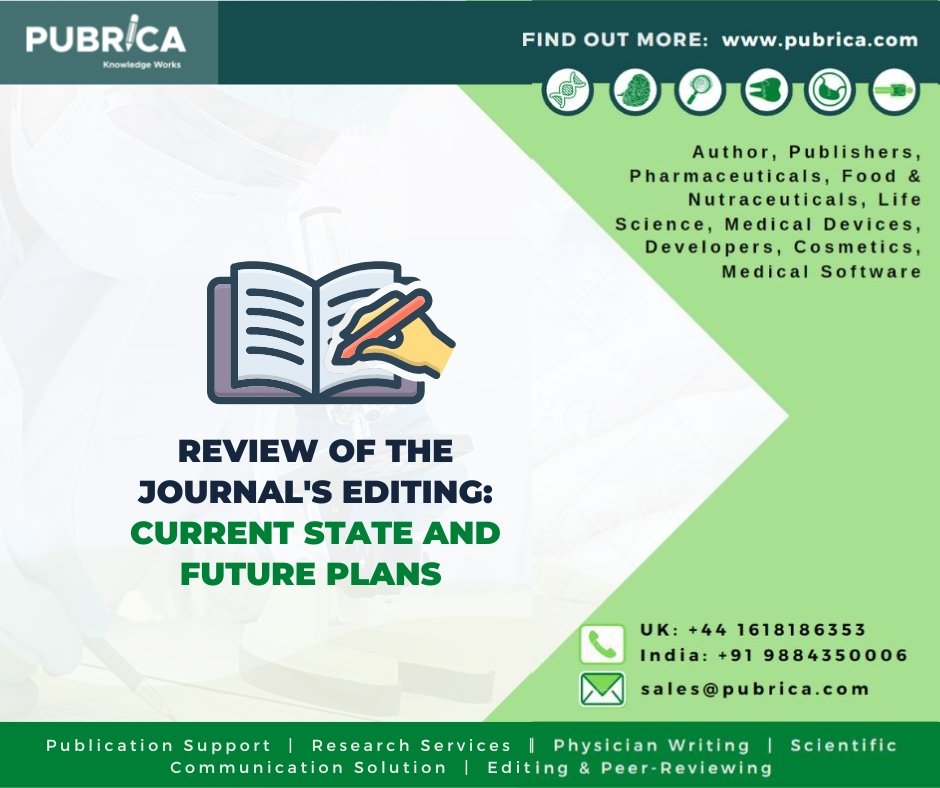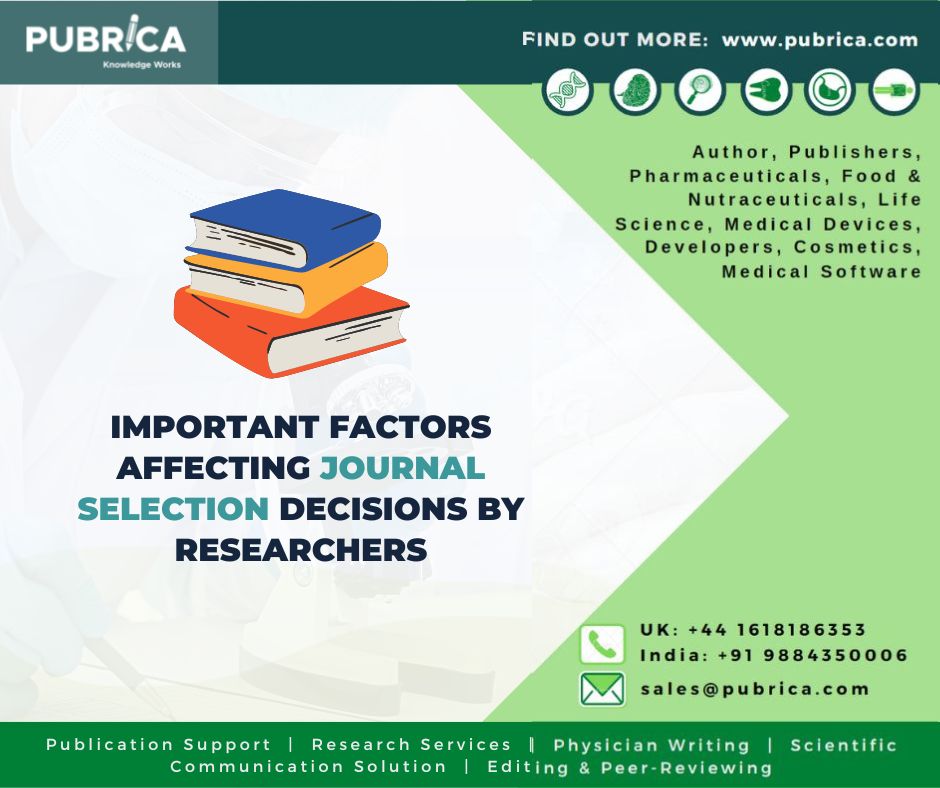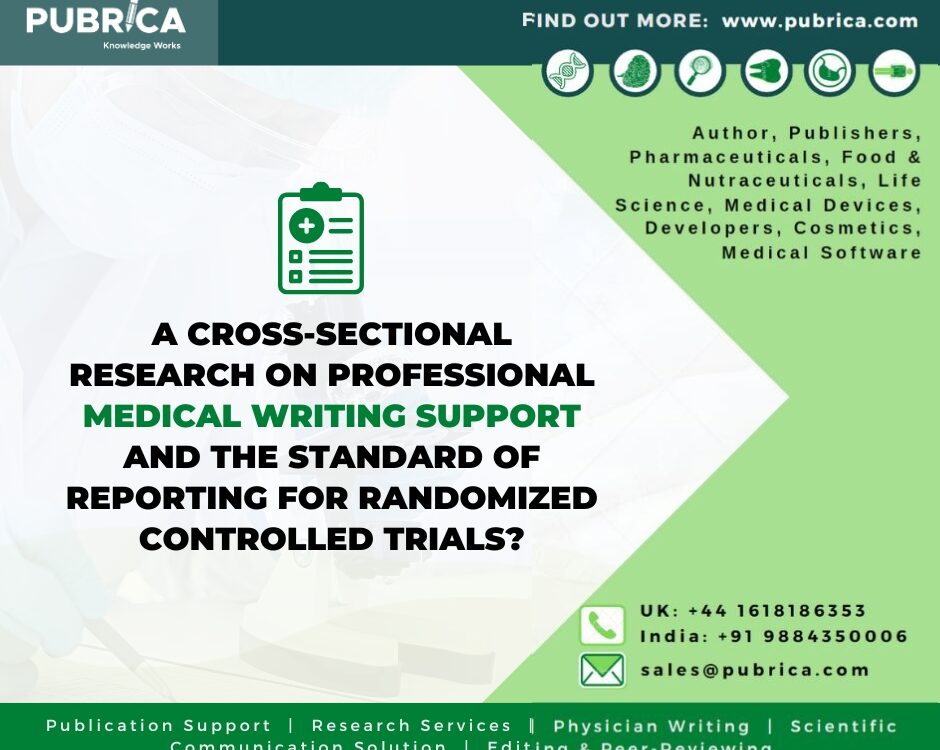
Drug development using Natural Products: The Effects of the Genomics Era
February 14, 2023
Important Factors Affecting Journal Selection Decisions By Researchers
March 15, 2023In brief
The majority of studies were effectively finished, but there was a lack of rationale for the mixed methods design in both applications and results. This had implications for making quality assessments about individual components in the context of the technique used. There was also a lack of openness regarding the unique methods regarding a clear explanation of data gathering and analysis, which was more of an issue for the qualitative component than the quantitative, with 42% (19/45) versus 18% (8/45) of proposals experiencing from this. Due to the lack of an effort to integrate data and findings from various components within a study, judgments about integration could rarely be made. This blog addresses the quality of mixed methodologies studies in health care research.
Introduction
In health care studies, mixed methods studies are prevalent (HSR). Within a single research, they comprise two distinct data collection and analysis components: at least one quantitative method with statistical analysis and structured data collection and at least one qualitative method with thematic analysis and less structured data collection. Researchers, research commissioners, and consumers must evaluate whether a mixed methods study was conducted well or poorly, determining whether it is appropriately mixed methods research and good quality research. The quality of mixed methods research has been formally addressed in health, educational, and social, clinical research writing, as well as implicitly when scholars reviewed the difficulties in planning and implementing these studies. However, the issue has received little attention overall, with a current search for quality criteria for mixed methods research revealing that none were accessible, despite efforts to create them.

Identifying mixed methods studies
A methodical review of summaries of studies sponsored by the Department of Health, a significant commissioner of health services research in England at the time, produced mixed methods studies in 2004. The techniques have previously been explained and are summarized here. The programs were as follows:
- Health Technology Assessment;
- Service Delivery and Organization;
- New and Emerging Applications of Technology;
- Policy Research Programme; and
- Primary and secondary care interface,
- Forensic mental health,
- Immediate dental care, and
- Promoting implementation of research findings.
There were 118 mixed methodologies papers found. A request for the research plan, the final report for finished studies, and a summary of any published papers were sent to each study’s primary researcher.
Application of quality questions
A data extraction form was created that included quality queries with check box choices of ‘yes, but enhancements are feasible,’ ‘no,’ ‘not enough information (NEI),’ and ‘not relevant (N/A). Alongside each query, there was space for open remarks, where the evaluator (AOC) could document specifics of good and bad practices. For example, one researcher applied the data gathering form to each study, first to the plan and then to the report. Finally, any discrepancies between the plan and the writing were identified.
Mixed methods design
Only one-third of proposals and reports justified the use of mixed methods study. A few studies clearly defined the design in terms of method priority, purpose, sequence, and point at which integration would or did occur. If scientific research support researchers were clear about the importance of methods and the function of any less dominant method, it would benefit the following quality evaluation of individual components. For example, having 40 in-depth interviews as an early help to develop a questionnaire seemed wrong but appropriate if these discussions were also to be used as the primary means of exploring the problem under study. In the setting of outstanding descriptions of individual components, there may be a lack of transparency in the general designing and conducting of mixed methods research.
Quantitative component
The responsibilities of quantitative methods were typically well explained within proposals and reports. However, adequate information about these methods was not always provided. Some parts of the original research article’s quantitative methods were not explained, particularly the analysis and numbers involved. This was less of an issue for reports, but there were still issues with vague general descriptions or little or no explanation of the analysis. This absence of transparency made assessing other elements of quality challenging.
Qualitative component
The functions of qualitative methods were typically well explained in proposals and reports. However, qualitative methods were frequently inadequately explained, which happened more regularly than quantitative components, both within recommendations (p ¼ 0.011) and reports (p ¼ 0.08).
Limitations
The research is based on mixed methods research that a specific commissioner in a single nation sponsored. Although the answer rate to queries for documentation for mixed methods studies was high, non-responders may have been more likely to be sbiased, problematic studies the results toward better quality studies. A single researcher (AOC) developed and implemented the questions in the context of team discussions, which meant that the data-gathering process was unassailable by an outside source. To improve clarity and minimize intra-rater variability, a coding procedure was developed to complement the data capture form. However, another researcher may have evaluated the findings differently.
Conclusions
This is the first effort to assess the quality of HSR mixed methods research. We are not offering this as a definitive method for others to use but rather to initiate a discussion about evaluating and enhancing quality. If we use mixed methods studies in HSR, we should be more open about the design and the individual components within the design framework and try to combine data and results from qualitative and quantitative methods.
About pubrica
The team of researchers and writers at Pubrica creates scientific and medical study papers that can serve as invaluable resources for practitioners and authors. Using the reader to inform them of the gaps in the chosen study area, Pubrica medical writers assist you in writing and editing the introduction. Our specialists are conscious of the order in which the general topic, the issue, and the background are followed by the narrow subject where the hypothesis is stated.



